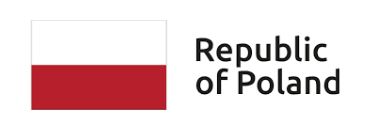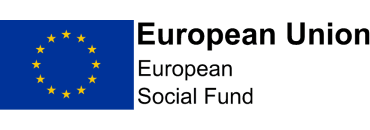Conformal Invariance of the XOR Ising model and double random currents
- Speaker(s)
- Marcin Lis
- Affiliation
- University of Vienna
- Date
- March 18, 2021, 12:15 p.m.
- Room
- room 3260
- Seminar
- Seminar of Probability Group
The XOR Ising model is a pointwise product of two i.i.d +-1 valued Ising spins. At the critical point on the square lattice, its spin correlation functions are therefore conformally invariant by the seminal works of Smirnov and Chelkak, Hongler and Izyurov on the Ising model.
However, the geometric description of the model in terms of interfaces separating +1 and -1 spins is a complicated function of the interfaces in both Ising models. In this work we establish a conjecture of Wilson who predicted the exact scaling limit of the geometric representation of the critical XOR Ising model.In accordance with this conjecture, we prove that the interfaces between +1 and -1 spins, seen as continuous curves in the plane, converge to boundaries of level sets of the Gaussian free field, and in particular inherit conformal invariance of this field.
Our proof combines arguments from three different areas of random conformal geometry. The first ingredient uses exact solvability of the model and a distributional relation between the XOR Ising model, the random current model and the dimer model. The second one is a subtle analysis of the percolation properties of the random current model. Finally, the third ingredient relies on the theory of level lines of the Gaussian free field. The Gaussian free field (GFF) is a model of a conformally invariant continuum random surface that conjecturally describes scaling limits of many critical planar models of statistical mechanics. It is not a random function but rather a random distribution in the sense of Schwartz, and the notion of its level sets cannot be defined in a classical sense. However, a theory of local sets (two-dimensional time analogs of stopping times) for the GFF was developed based on its Markov property and conformal invariance.
In this talk I will present the historical background and the main ideas of the proof.
This is ongoing joint work with Hugo Duminil-Copin (IHES and University of Geneva) and Wei Qian (ICNRS and Laboratoire de Mathematiques d’Orsay).
 You are not logged in |
You are not logged in |



















